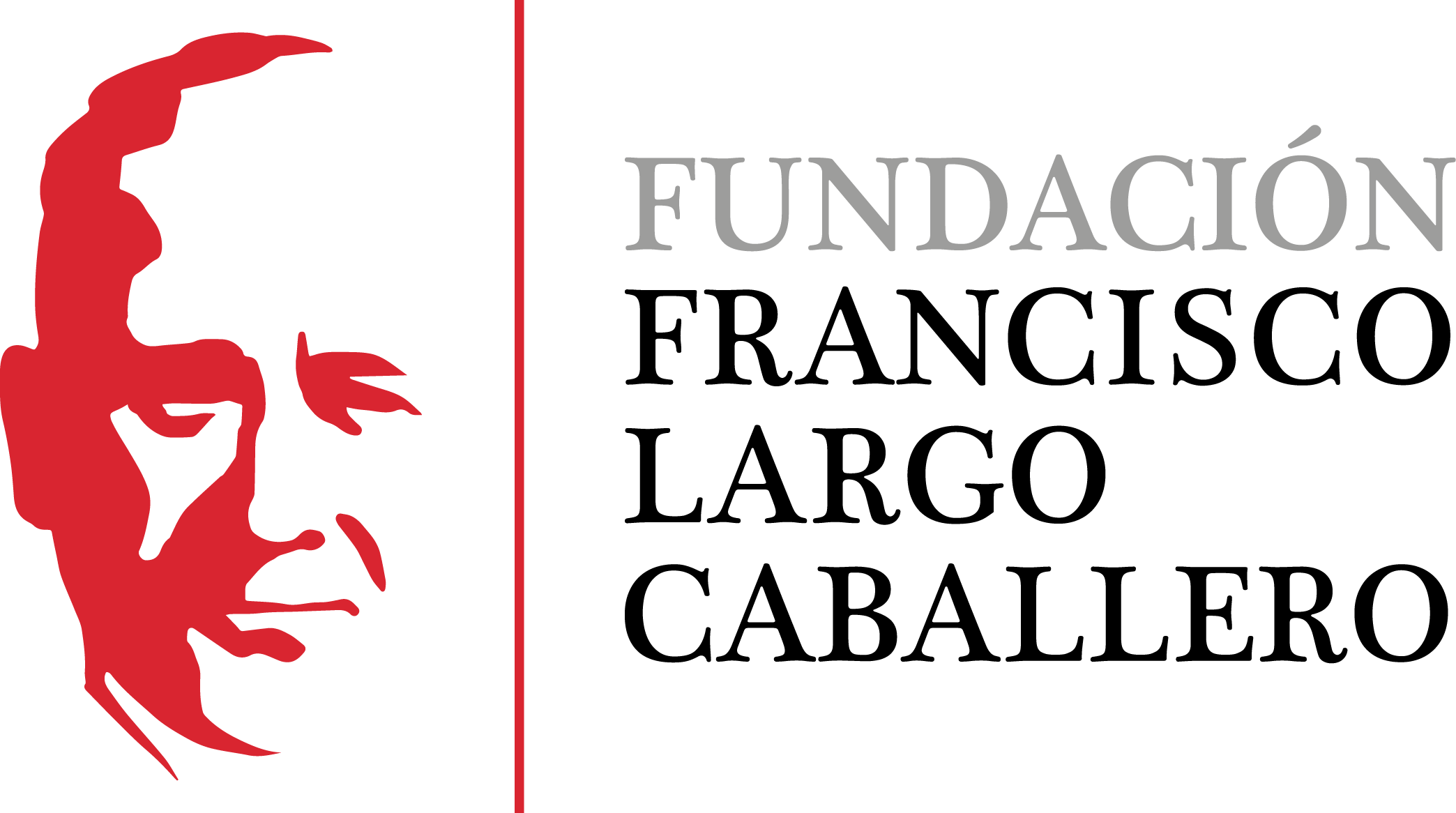The anti-Iberian feelings of the Portuguese radical republicans, 1870-1910
DOI:
https://doi.org/10.69791/rahc.203Keywords:
Republic, Portugal, Spain, Federalism, IberismAbstract
This article assesses the various projects devised by Portuguese federalism to stop the annexationist project which the Iberist proposal of the mid-nineteenth century entailed. Portuguese republicans drew up many federal and confederate projects which started from the assumption of defending individual rights and bringing into line the different social and territorial authorities which formed both Spain and Portugal. This meant recognizing that both nations were made up of organic entities (regions and states) from which a federal project, which would be the base for a Latin federation with European and international scope, was to be built. Portuguese federalism, adopting the approach of Comte´s philosophy, therefore intended to build a new peaceful international order which would respect the rights of peoples. This proposal was thus openly contrary to the Iberist project, which in the eyes of Portuguese federalism, represented Portugal being taken over by neighbouring Spain.
Downloads
Global Statistics ℹ️
|
93
Views
|
24
Downloads
|
|
117
Total
|
|
Downloads
Published
How to Cite
Issue
Section
License
Copyright (c) 2010 Amadeu Carvalho Homem; Beatriz Peralta García

This work is licensed under a Creative Commons Attribution 4.0 International License.
Alcores is an open-access journal. It provides unrestricted access to its content from the moment of publication. We respect intellectual property rights, and for this reason, the author retains the copyright. All content is distributed under a Creative Commons Attribution 4.0 International (CC BY 4.0) license. The terms of the license can be consulted at: https://creativecommons.org/licenses/by/4.0/
This license allows sharing (copying and redistributing the material in any medium or format) and adapting (remixing, transforming, and building upon the material for any purpose), provided that authorship and first publication in this journal are properly credited, a link to the license is included, and any changes made are indicated.
This type of license facilitates the freedom of reuse and ensures that the content of this journal can be used to meet research needs.





